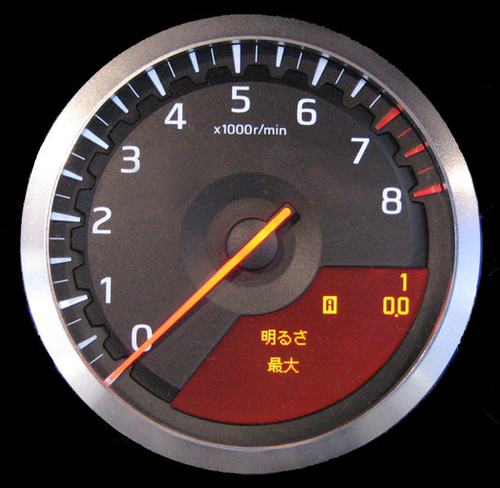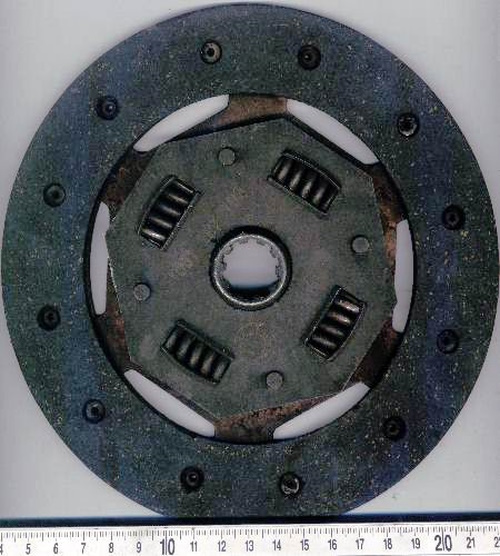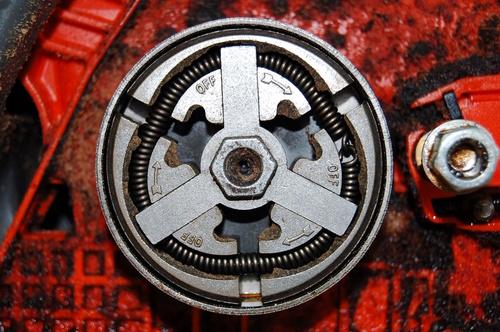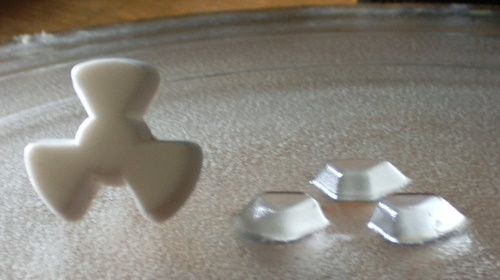What Is the Clutch and Why Is It So Important?
In today’s engineering lesson, we’ll learn what clutches are and why they are essential in any car.
The clutch is a very important part in any car. It is operated by pressing the clutch pedal, but, why do we need to press it to shift gears or to stop the car? Let’s see.
What is the clutch?
The clutch is located between the engine and the transmission, just after the flywheel. Its function is to disconnect the engine output from the wheels. This needs to be done in many cases, such as:
- Stopping with a gear engaged; if the wheels stop and the engine is connected to them, the engine will stall because it won’t be able to keep spinning.
- Starting to move; as the stopping motion, the starting motion also needs to have the clutch partially disconnected to not stall the engine.
- Low speeds; if the transmission output is faster than the wheels output, the engine will stall.
How does it work?
There are many types of clutches. However, all of them have something in common: friction. In one way or another, two surfaces spinning at different speeds (or not) touch each other, which by friction makes one of the surfaces change its rotational speed to match up with the other.
Types of clutches
As said before, many types of clutches exist, depending on the specific use. Below are most of the clutch types out there:
Dry clutch
The dry clutch is the most popular one of them all, it’s just made up of two friction disks (commonly, one of them is the flywheel). And it’s that simple. We then have other specific types used in drag racing, which is the multi-disk clutch, which instead of using just two disks, many are used to be able to accelerate faster due to having more friction in the clutch.
Many of dry clutches include inside of them some springs, which avoids the noise and vibration to be transmitted to the car frame.
Wet clutch
Similar to the previous type, the wet clutch is lubricated by oil, which cool and lubricate the friction disks. This type of clutch usually lasts longer due to the reduced temperature and friction. However, wet clutches are usually less efficient due to the oil lowering the coefficient of friction between the two disks.
Centrifugal clutch
This type of clutch is present in some small motorbikes, scooters and almost every single chainsaw. The mechanism is really simple. As its name says, this clutch uses centrifugal force to engage and disengage the two friction surfaces.
As the rpms of the engine rise, the inner friction surface becomes bigger and eventually touches the outer friction surface, transmmiting the power slowly.
Dog clutch
Used in some transmissions and in almost every microwave, the dog clutch uses some bumps acting all as a gear instead of using friction. This clutch can be in 2 modes: engaged or not engaged. When the bumps are between the other disk’s bumps, the rotational speed and force is transferred with almost any loss.
However, when the enough force is applied over one of the disks, the disk skips bumps, and therefore not transmitting almost any rotational force, until the bump engages again in the next bump.
Torque converter
The torque converter is used in automatic transmission cars, and it’s not a clutch on itself, but it replaces it. The torque converter doesn’t use any of the previous techniques mentioned before. Instead of friction, centrifugal force, or gear tooth skipping, the torque converter uses a fluid to transmit power.
A simplified version of the torque converter would be two turbines with some fluid inside of them. When one of the turbines, the one connected to the engine- let’s call it input- spins, the fluid goes to the outer part of the turbines, transmitting slowly the power to the- let’s call it output- turbine.
An advantage of this system is that it’s almost impossible for the engine to stall, because when the wheels stop and a gear is engaged, the input turbine spins freely and the fluid just spins with the input turbine, avoiding the output one because it is stopped.
However, why is this system called torque converter if it doesn’t convert torque?
As I said before, the version explained previously was simplified. In reality, torque converters are more complex and have another additional part which achieves to even increase the output torque. The concept is too difficult to explain just with words, but with this video you’ll understand it.
Why you shouldn’t partially press the clutch
In manual transmission cars, partially pressing the clutch pedal for too long can damage the clutch and reduce its efficiency. As mentioned above, the clutch can be in two states: engaged or disengaged. In the engaged state, the input rpms and the output are the same, and there’s no friction because the rotate at the same speed. However, there is another possible state in between: partially pressed.
When the friction disk is not pressing at maximum force against the other, and is neither completely disengaged, a lot of friction occurs between the two disks. When used for a short time, to start moving the car- for example-, it is useful to not transmit all the power but also none of it, just enough to not stall the engine and make the car start moving.
However, when it is partially pressed for two long, the material in the friction disks start to wear and overheat. This can reduce the effiency of the clutch, and in some cases, even have to replace it entirely.





